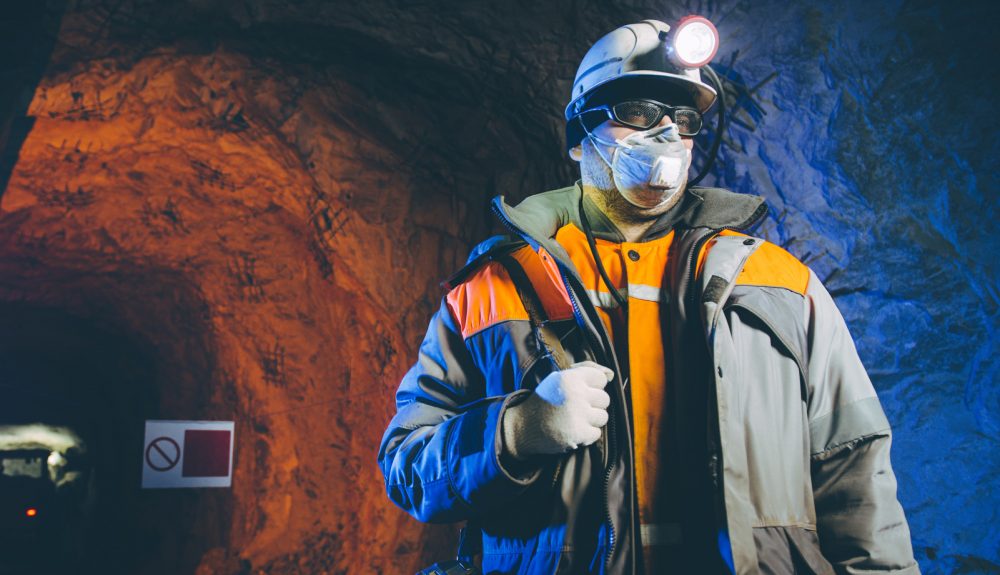Advertisment
New study shows increase in black lung disease in coal miners

Higher levels of silica dust can be found in the lung tissue of contemporary coal miners compared to the lung tissue in previous generations of coal miners, according to a new study in the Annals of the American Thoracic Society. The study helps explain the recent increase in severe pneumoconiosis – often referred to as black lung disease – concentrated in central Appalachia (West Virginia, Virginia and Kentucky) miners.
The study, “Pathology and Mineralogy Demonstrate Respirable Crystalline Silica is a Major Cause of Severe Pneumoconiosis in U.S. Coal Miners”, is unique in that it compares the lung tissue of the current generation of coal miners to lung tissue collected from miners from previous generations.
Silica is a naturally occurring substance that is ubiquitous in the earth’s mantle. Over ninety percent of rocks contain silica. While safe in rock formations, breathing in silica dust is highly toxic and prolonged exposure to silica dust can lead to severe lung disease.
From 1970 to 2005, the rate of black lung cases among coal miners had been declining, largely due to improved occupational health practices required by federal regulations. However, since 2005, black lung cases in general have seen a three-fold increase and long-term coal miners have seen a 10-fold increase in black lung cases. The study conducted by Robert Cohen, MD – director of the Mining Education and Research Center at the University of Illinois, Chicago (UIC) – and colleagues provides strong evidence that silica is a major cause for the previously unexplained rise in black lung cases.
The change in silica exposure among coal miners is likely explained by changing mining practices initially adopted in the 1950s, as the coal industry started using powerful mechanized coal extraction devices. The powerful coal mining machinery enabled companies to extract large swaths of rock above and below the coal seams, which is much easier than mining focused on narrow veins of coal. This resulted in the generation of more silica dust.
In addition to providing an explanation, the study helps mine owners and federal regulators to better understand steps that must be taken to prevent future cases of black lung. “Reducing coal miner exposure to silica dust is essential to prevent further black lung cases,” said Dr. Cohen, clinical professor of environmental and occupational health sciences at UIC. “This study provides clear, actionable evidence for the Mine Safety and Health Administration (MSHA) to establish specific silica dust exposure limits to protect coal miners from the known dangers of black lung disease.”
The current MSHA silica standard of 100 ug/m3 was established in 1969 and has not been revised since. By contrast, the Occupational Safety and Health Administration has established a much more protective silica exposure limit of 50 ug/m3 for other non-mining occupations.





